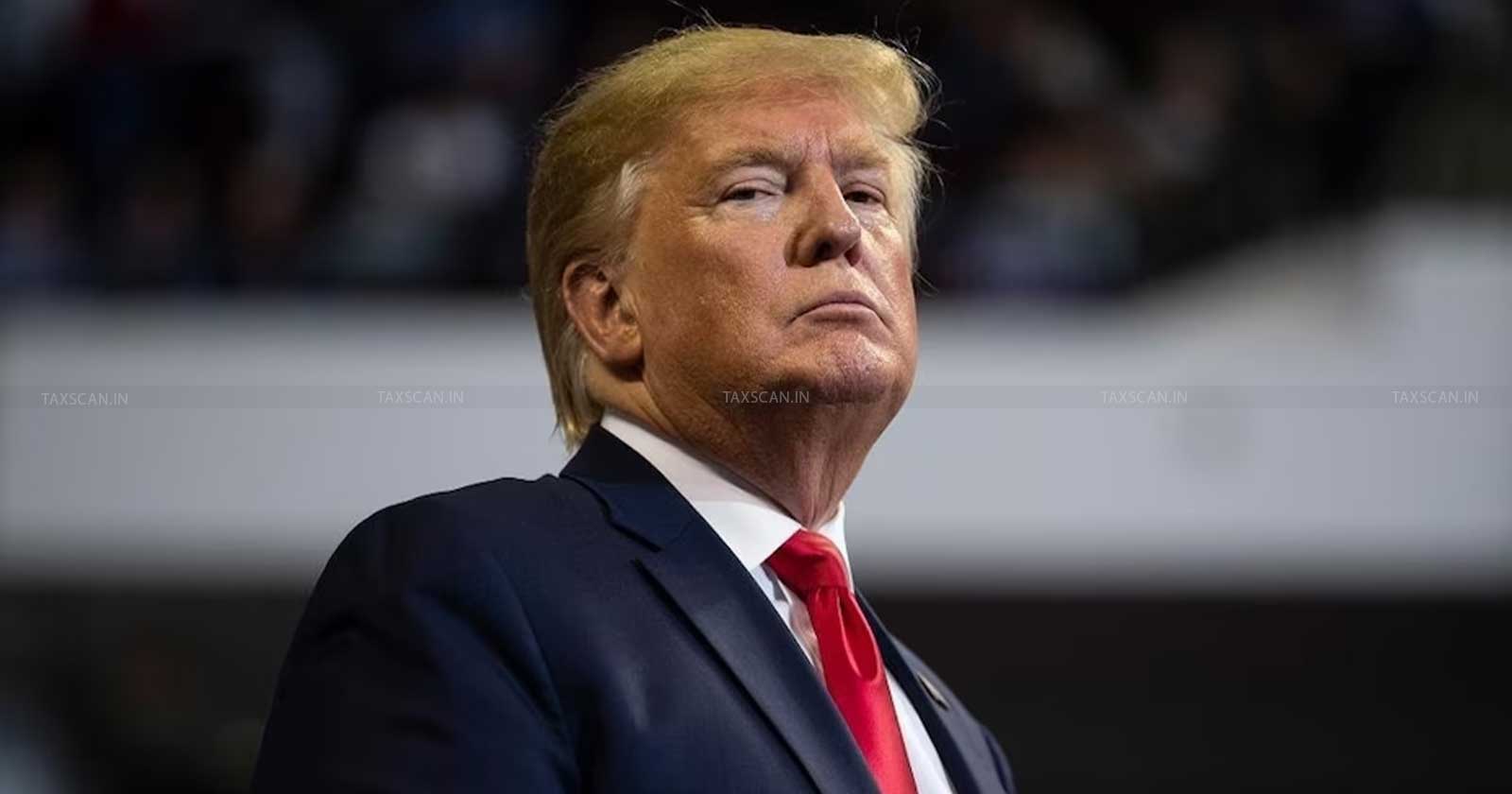Trump Hits India with 26% Discounted Reciprocal Tariff: What It Means for Trade and India’s Economy
Trump announced the imposition of a 26% discounted reciprocal tariff on goods imported from India today and said India is not treating America right

Trump Hits India – Donald Trump – Economy – taxscan
Trump Hits India – Donald Trump – Economy – taxscan
U.S. President Donald Trump has imposed a 26% “discounted reciprocal tariff” on goods imported from India, marking a bold step in his effort to level the playing field on international trade. Announced during his April 2, 2025, Liberation Day speech, the tariff is meant to counter what Trump calls India’s “very tough” trade practices, particularly its average 52% import duty on American products.
E-Filing Mistakes Can Be Costly! Avoid penalties now - Click Here
What is a "Discounted Reciprocal Tariff"?
Trump explained that India charges the U.S. up to 52% on American exports. In response, the U.S. will now charge India 26% — about half of that rate. He called this approach a “discounted” version of a reciprocal tariff, saying, “We charge them less. So how can anybody be upset?”
Trump stated that India has long benefited from low or no U.S. tariffs while maintaining high barriers for American goods. He pointed out that this imbalance needed to end, even acknowledging his personal friendship with Indian Prime Minister Narendra Modi. “You’re a friend of mine, but you’re not treating us right,” Trump said.
E-Filing Mistakes Can Be Costly! Avoid penalties now - Click Here
How Will This Affect India?
The new tariff could hugely impact Indian exports, particularly in sectors like textiles, chemicals, engineering goods, and auto parts, areas that rely heavily on U.S. demand. Analysts warn that this could lead to:
- Decreased export orders
- Lower revenues for Indian manufacturers
- Possible job cuts in affected industries
- Increased trade uncertainty
E-Filing Mistakes Can Be Costly! Avoid penalties now - Click Here
After the announcement, the Indian rupee dropped in the non-deliverable forward (NDF) market, indicating market anxiety about reduced export competitiveness.
Read More: Income Tax Dept comes down on Dabur India with Rs. 110 Cr Tax Demand
India’s government is already evaluating multiple scenarios. Officials from the Commerce Ministry are in talks with key export sectors to assess damage and prepare strategic responses. Negotiations or countermeasures may follow, depending on how the situation evolves.
India is just one of several countries targeted by Trump’s tariff plan. Others include China (34%), Vietnam (46%), the EU (20%), and Japan (24%). The move has rattled global markets, with stock indices dropping and fears of a trade war resurfacing.
E-Filing Mistakes Can Be Costly! Avoid penalties now - Click Here
Is India Safe?
India’s economy is large and its trade is diversified, but this tariff could cause real pain in the short term, especially for export-driven sectors. It’s not an economic crisis but it is a serious disruption that could affect jobs, investor confidence, and diplomatic ties.
The coming weeks will be important. Will this spark a trade conflict or open the door to a new U.S.-India trade deal? Much will depend on how both countries handle the next phase.
Support our journalism by subscribing to Taxscan premium. Follow us on Telegram for quick updates


